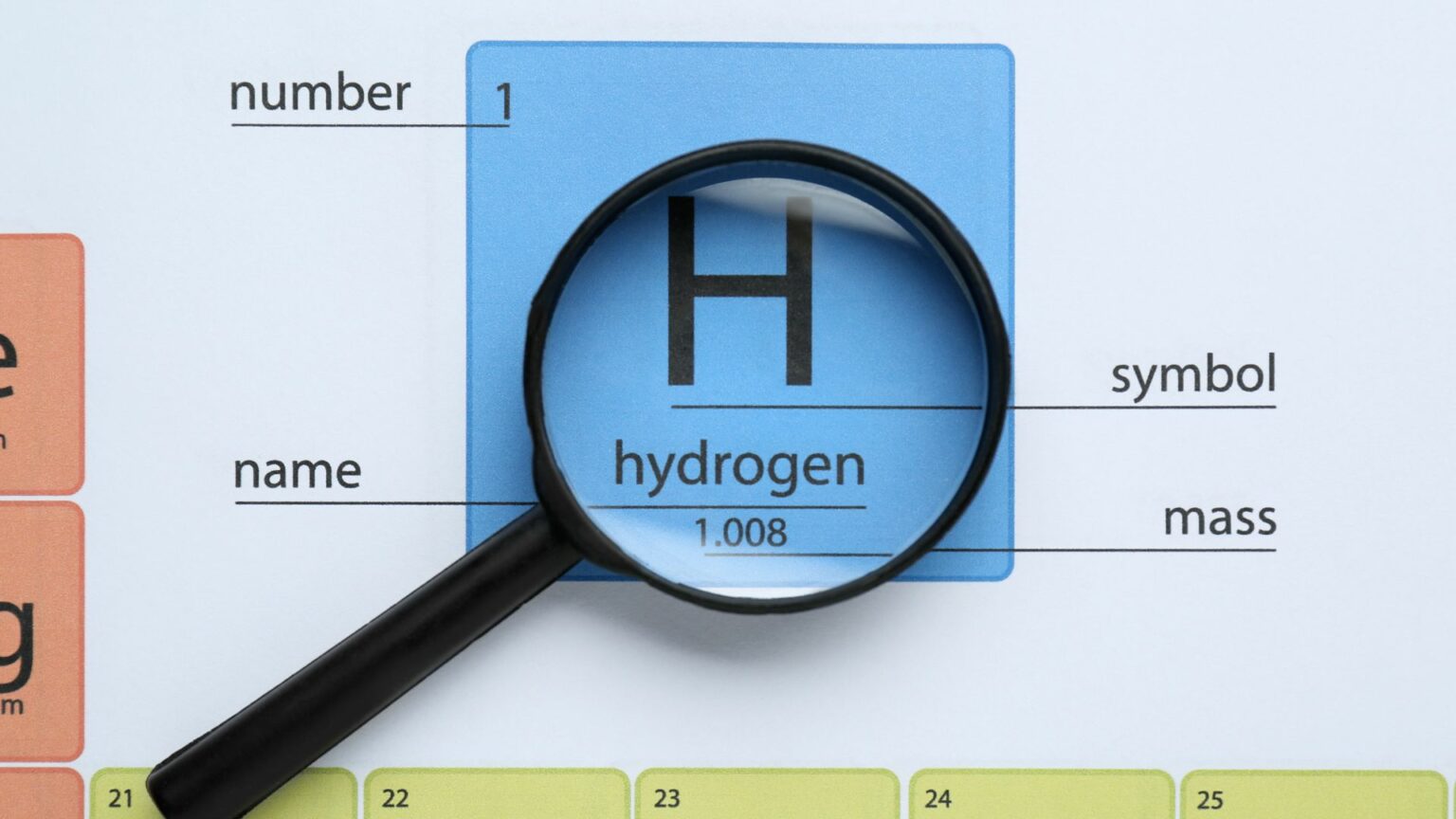Samsung Engineering, in collaboration with Lotte Chemical Corp., Korea National Oil Corp., and Sarawak Economic Development Corp. (SEDC), has initiated the fundamental design phase for green hydrogen project in Sarawak, Malaysia.
The project, a joint effort between three Korean giants and their Malaysian partner SEDC, entrusts Samsung Engineering with the critical responsibility of executing the initial design phase, known as the front-end engineering design (FEED). Representatives from the four partners convened in Seoul for a kickoff meeting, solidifying their commitment to this pioneering endeavor.
Samsung Engineering’s FEED revolves around crafting a green hydrogen production facility with an annual capacity of 150,000 tons and a green ammonia conversion plant capable of producing 850,000 tons annually. The facilities are poised to leverage advanced technologies, including polymer electrolyte membrane water electrolysis and alkaline water electrolysis, ensuring optimal and sustainable hydrogen production.
The project’s timeline envisions a final investment decision (FID) by the conclusion of the next year, contingent upon the success of the FEED. If all milestones align, subsequent engineering, procurement, and construction (EPC) work will commence, paving the way for commercial production slated to kick off in early 2028.
A Samsung Engineering spokesperson emphasized their commitment to scrutinizing various electrolysis technologies to devise the most efficient and eco-friendly method for clean hydrogen production. The goal is not merely commercial success but establishing a model for clean hydrogen development from the early stages of FEED through FID, EPC, and eventual commercialization.
